The Agora, Odeon, and the Great Code of Gortyn stand as testaments to the city’s vibrant civic and legal life, particularly during the Hellenistic and Roman periods. These interconnected sites, located in the heart of the ancient city, offer a glimpse into the political, social, and legal structures that shaped Gortyna’s society.
The Agora: The Heart of Civic Life
The Agora, or public square, served as the bustling center of Gortyna’s civic and commercial activities. It was a place where citizens gathered to discuss politics, conduct business, and participate in various social and cultural events. The Agora housed several important public buildings, including the bouleuterion (council house), temples, and stoas (covered walkways).
The Agora’s origins can be traced back to the Archaic period, but it underwent significant transformations and expansions in the Hellenistic and Roman eras. The construction of a monumental Doric portico in the 2nd century BC marked a major phase in the Agora’s development, defining its boundaries and enhancing its grandeur.
The Odeon: A Cultural and Political Venue
The Odeon, a smaller theater-like structure, was built in the 2nd century AD during the Roman Imperial era. It was constructed on the site of the earlier bouleuterion, repurposing some of its materials, including the inscribed stones of the Gortyn Law Code.
The Odeon served as a venue for various cultural and political events, including musical performances, lectures, and assemblies. Its smaller size and enclosed space made it ideal for intimate gatherings and performances that required controlled acoustics. The Odeon’s location within the Agora further emphasizes its connection to the city’s civic and cultural life.
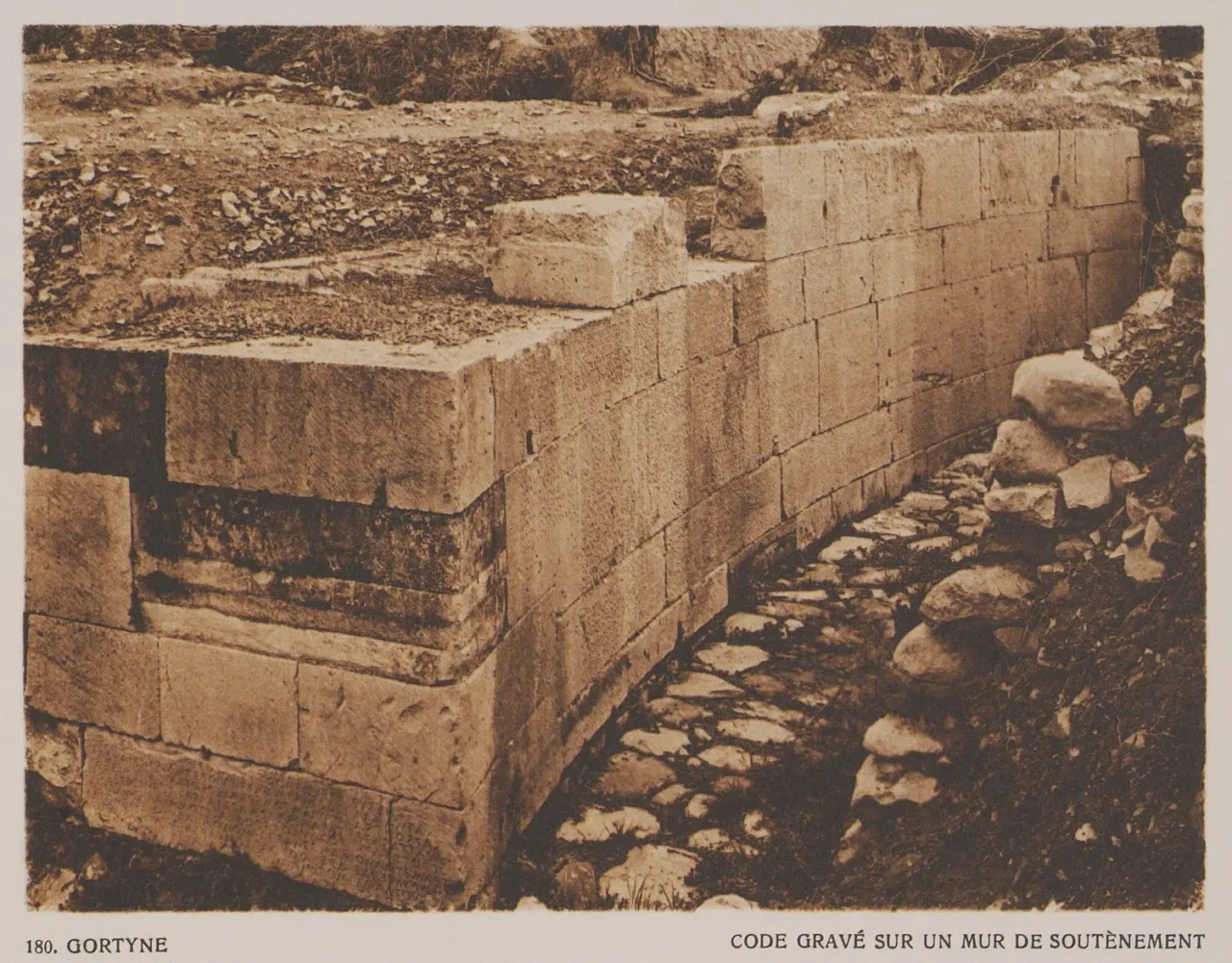
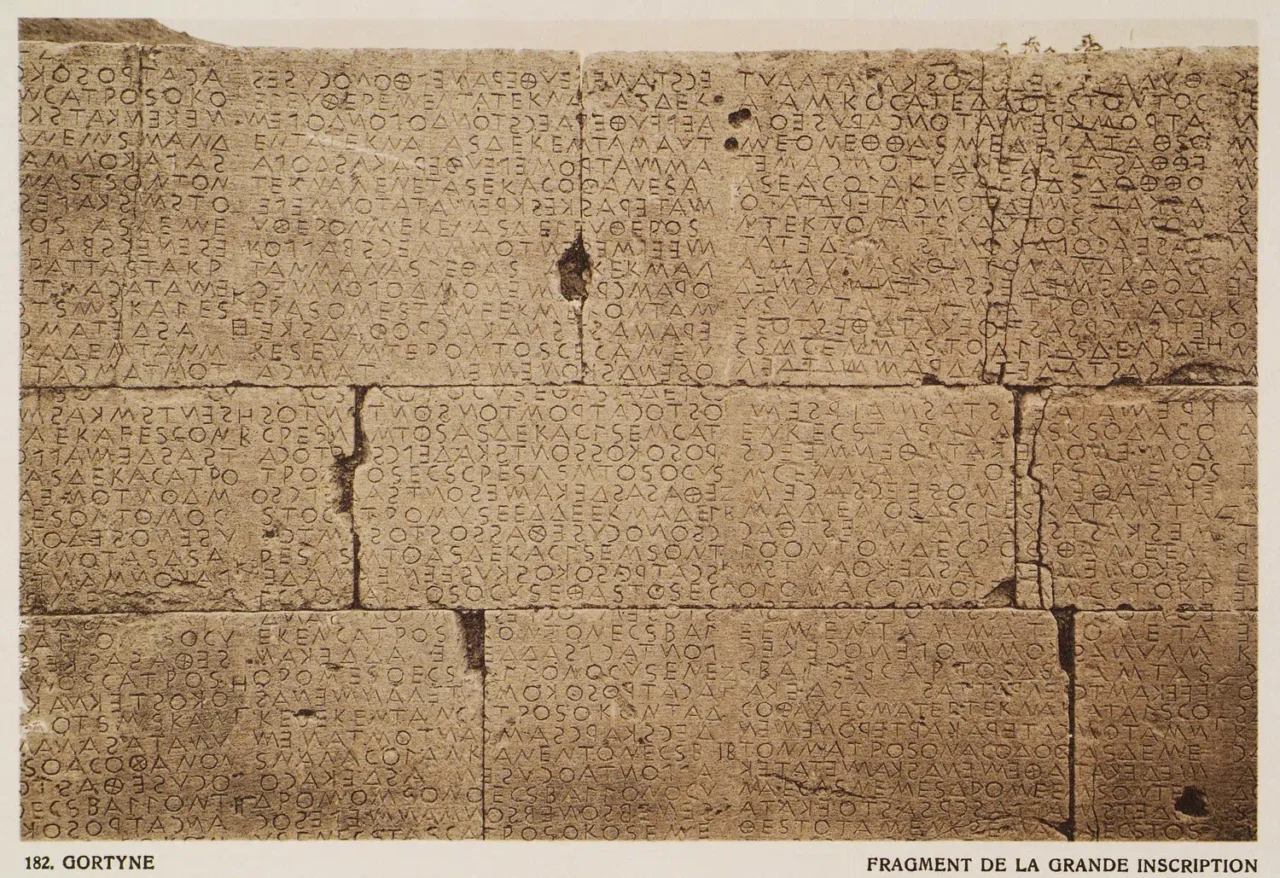
The Gortyn Law Code: A Legal Legacy
The Gortyn Law Code, discovered inscribed on the walls of the Odeon in 1884, is one of the most significant legal documents from ancient Greece. Dating back to the 5th century BC, the code provides a comprehensive overview of Gortyna’s legal system, covering various aspects of family law, property rights, inheritance, and social relations.
The code’s inscription in the boustrophedon style, where lines alternate in direction, and its use of an archaic alphabet reflect its antiquity and connection to earlier Cretan legal traditions. The code’s content reveals a complex and nuanced legal system that addressed the diverse needs of Gortyna’s society.
The Code’s Significance
The Gortyn Law Code is a valuable source of information about the social, economic, and legal structures of ancient Gortyna and Crete as a whole. It provides insights into the rights and responsibilities of different social groups, including men, women, children, and slaves. The code also sheds light on the city’s economic activities, such as agriculture, trade, and inheritance practices.
The code’s discovery in the Odeon, a public building within the Agora, underscores its importance as a public document intended for the citizens of Gortyna. The code’s preservation and reuse in the construction of the Odeon further attest to its enduring significance, even in the Roman period.
The Agora, Odeon, and the Code’s Interrelation
The Agora, Odeon, and the Gortyn Law Code are intrinsically linked, representing different facets of Gortyna’s civic and legal life. The Agora, as the heart of the city, provided the physical space for public gatherings and the exchange of ideas. The Odeon, situated within the Agora, served as a venue for cultural and political events, including the dissemination of legal information. The Gortyn Law Code, inscribed on the Odeon’s walls, embodied the city’s legal framework, regulating various aspects of social and economic life.
Archaeological Site: Key Points
- Construction Period:
- Agora: Archaic period to Roman Imperial era
- Odeon: 2nd century AD (Roman Imperial era)
- Gortyn Law Code: 5th century BC
- Location: Central Gortyna, on the plain below the Acropolis hill
- Dimensions:
- Agora: A large open space, with surrounding structures and porticoes
- Odeon: A smaller theater-like structure, estimated to accommodate around 400 spectators
- Gortyn Law Code: Inscribed on twelve stone blocks, covering a total length of about 10 meters
- Historical Significance:
- Agora: The center of Gortyna’s civic and commercial life
- Odeon: A venue for cultural and political events, showcasing the city’s intellectual and artistic pursuits
- Gortyn Law Code: The oldest and most complete known example of ancient Greek law, providing invaluable insights into the legal and social structures of ancient Crete
- Current Status:
- Agora and Odeon: The ruins of the Agora and Odeon are preserved at the archaeological site of Gortyna.
- Gortyn Law Code: While some fragments are housed in museums, a modern structure at the site of the Odeon now protects many of the stones bearing the inscription.
References
- David, K. (2014). From Babylon to Crete, a Millennium of Influence: The Creation of the Gortyn Law Code (Master’s thesis). Brandeis University.
- Gagarin, M. (1986). Early Greek Law. University of California Press.
- Lippolis, E. (2012). Gortys of Crete: The Excavations in the Nymphaeum Block. In Archaeological Work in Crete 2, edited by Michalis Andrianakis, Petroula Varthalitou, and Iris Tzachili, 246-260. Rethymno: Faculty of Letters Publications, University of Crete.
- Lippolis, E. (2016). Roman Gortyn: from Greek polis to provincial capital. In Roman Crete: New Perspectives, edited by Jane E. Francis and Anna Kouremenos, 155-174. Oxford & Philadelphia: Oxbow Books.
- Whitley, J. (1997). Cretan Laws and Cretan Literacy. American Journal of Archaeology, 101(4), 635-658.













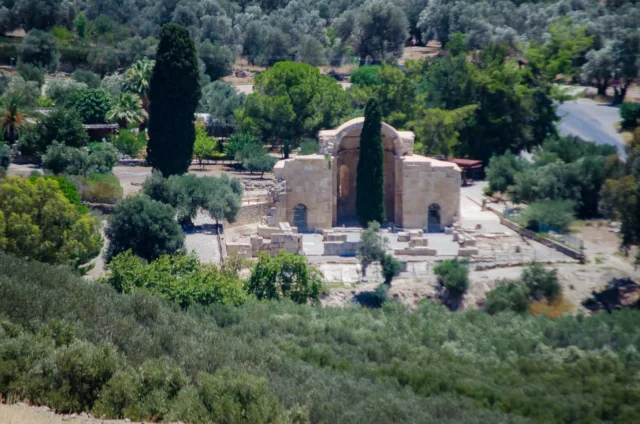


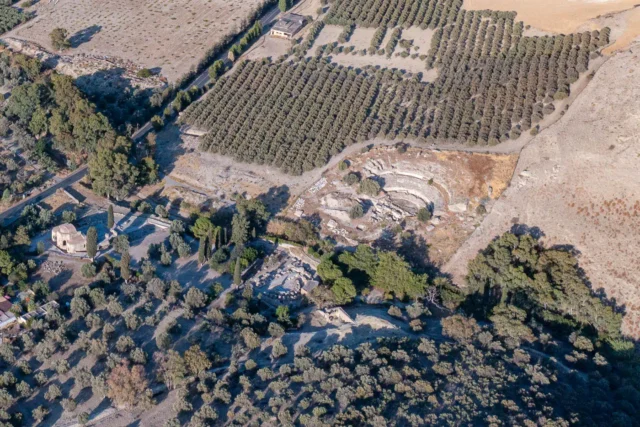

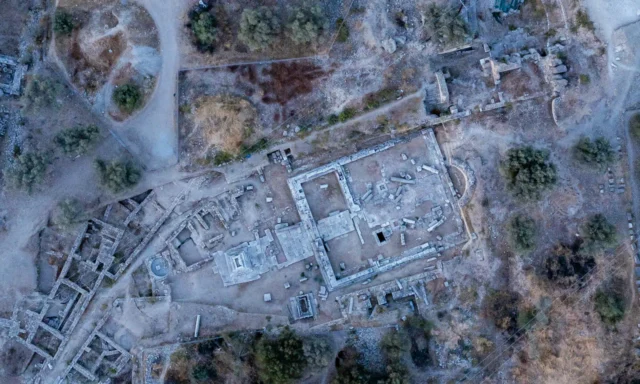


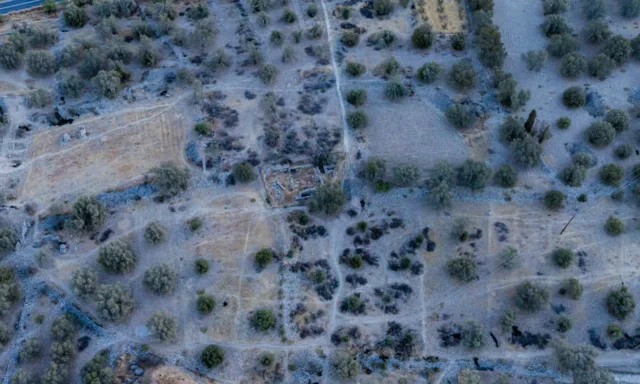
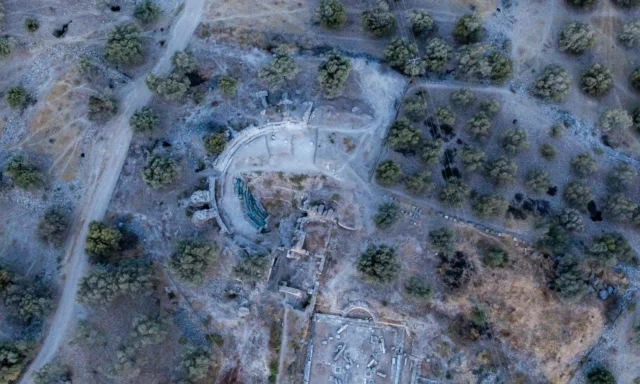
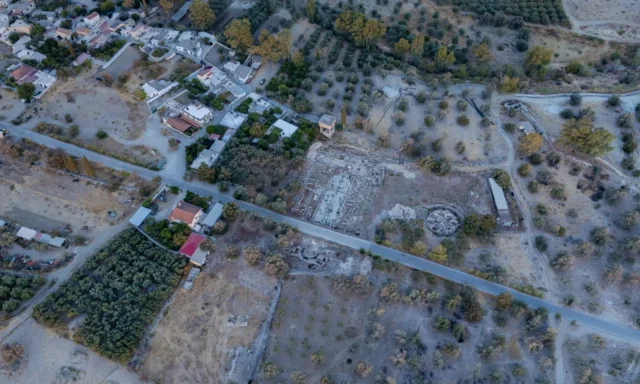
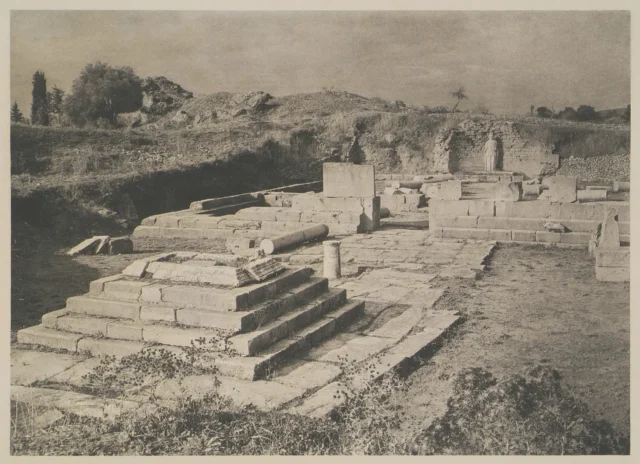
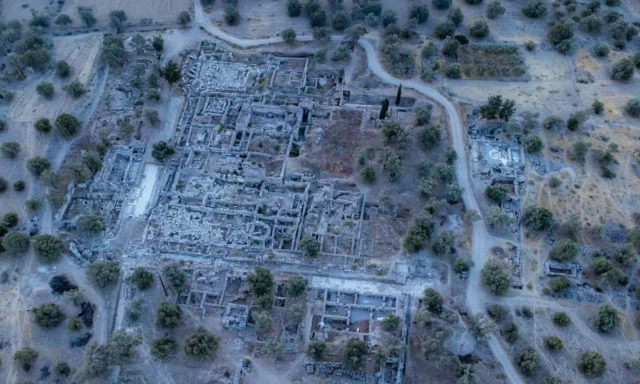
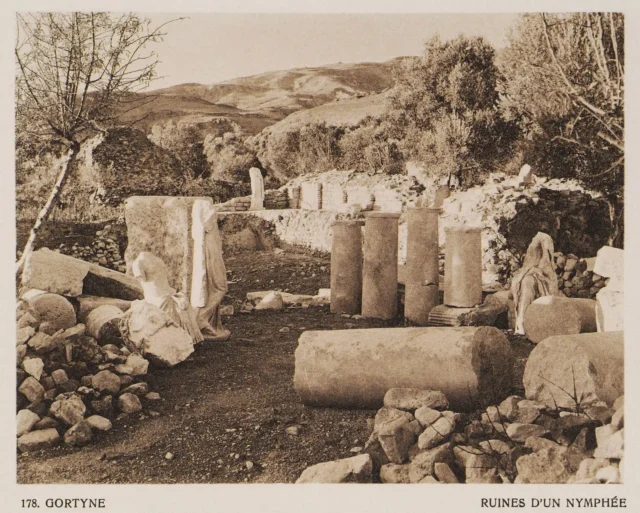
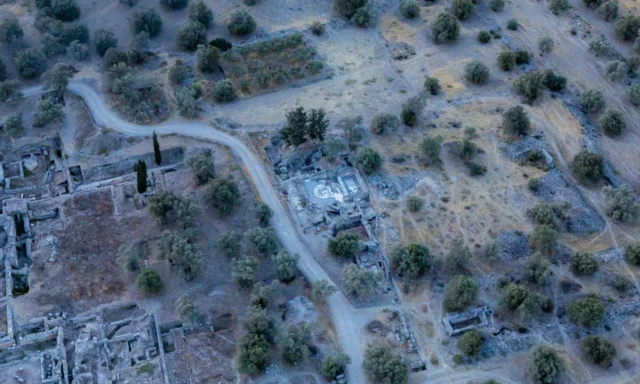

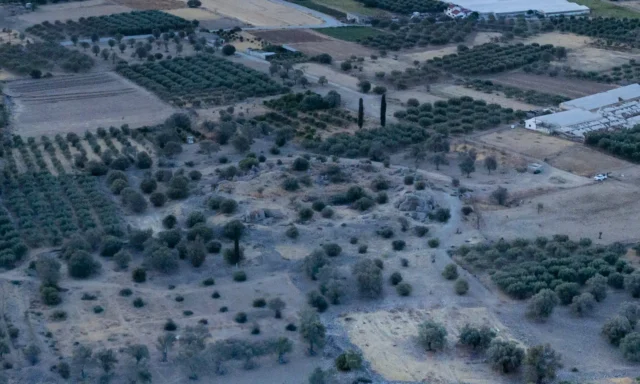
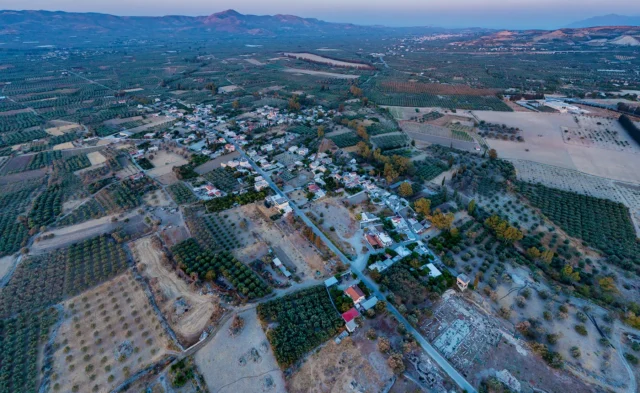
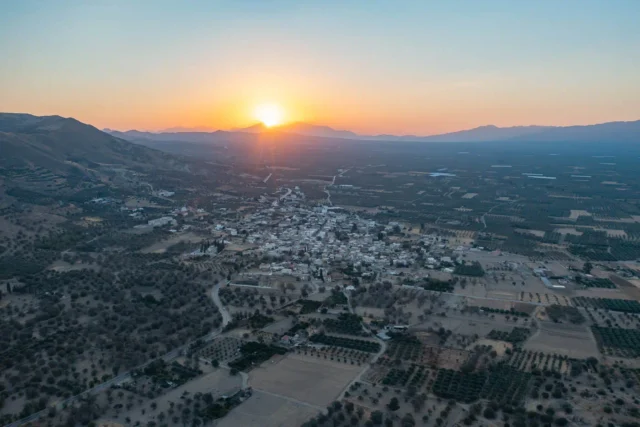
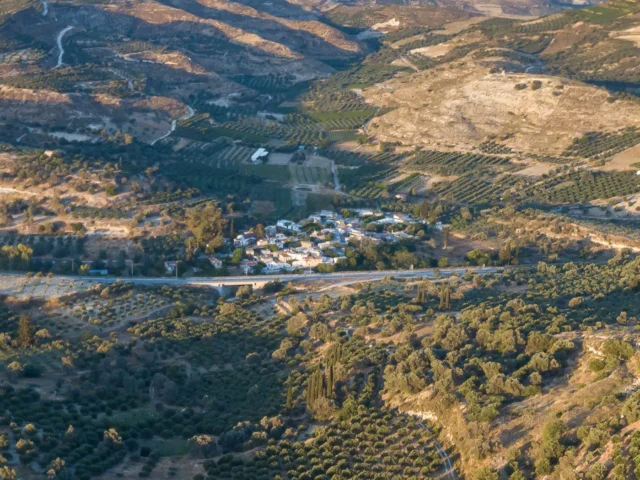
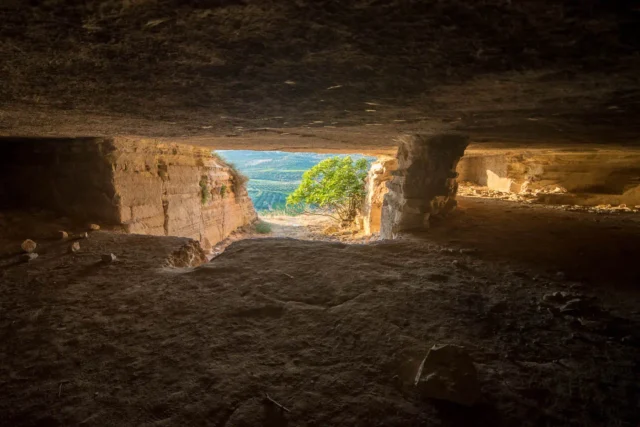

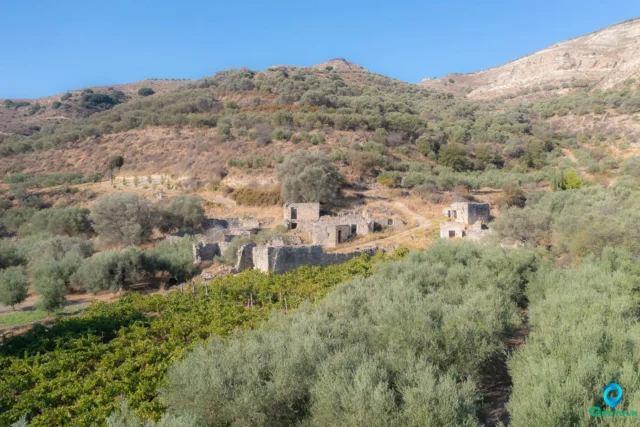

There are no comments yet.